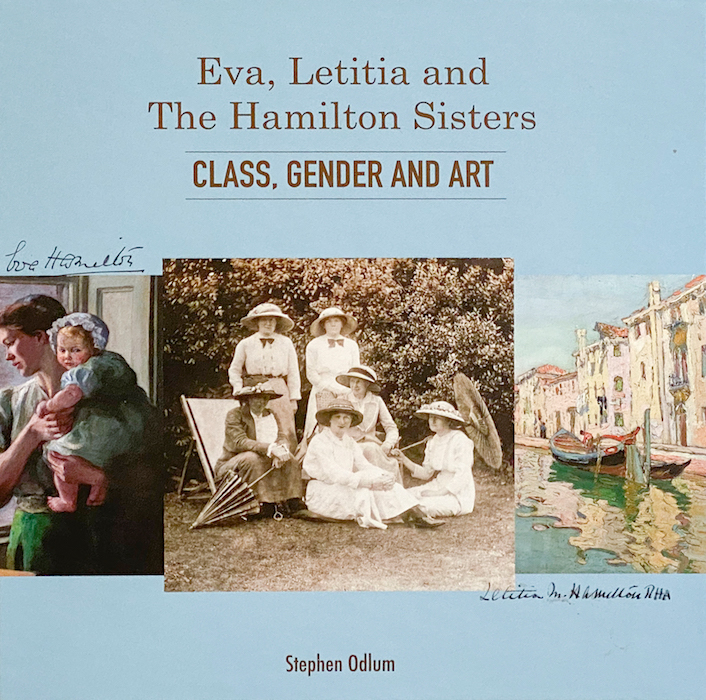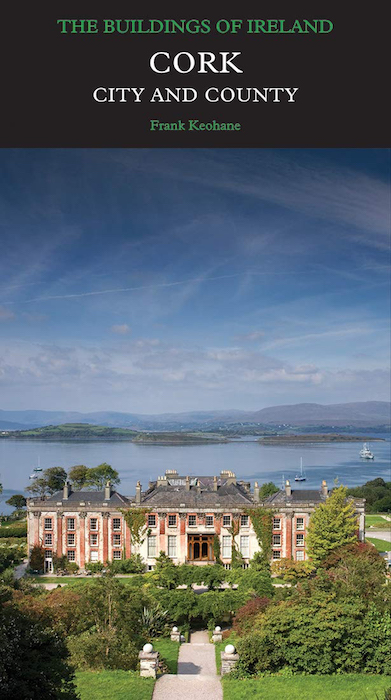
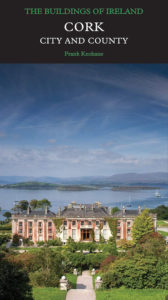 (Pevsner Architectural Guides: Buildings of Ireland
(Pevsner Architectural Guides: Buildings of Ireland
FRANK KEOHANE
Yale University Press 2020
pp 768 fully illustrated h/b
€54.50/ £45.00 ISBN: 978-0-30022-487-0
Louise Cotter
The Buildings of Ireland series is part of the Pevsner Architectural Guides, the authoritative portable guides to significant buildings in England, Scotland, Wales and Ireland. The format is a well-established formula: an introductory overview of the county precedes a descriptive gazetteer arranged alphabetically by place. The particular graphic format is derived from pre-digital publishing techniques whereby photographs are limited to a central insert of colour plates. Elsewhere the book is lightly interspersed with black-and-white engravings and plans. The text is the priority and Frank Keohane’s prose is lively, descriptive and opinionated, evoking the rich architectural heritage of Co Cork, the largest county in Ireland.
The introduction includes a chronological survey of the county from prehistory to the present day. The author successfully places the buildings in their social and economic context, reminding the reader that the fortunes of a region are not on a continually upward trajectory, but regulated by cycles of prosperity and cultural innovation followed by decline. The benefit of perspective reveals the waxing and waning of urban centres, with once-great cathedral towns now sleepy villages.
The author successfully places the buildings in their social and economic context, reminding the reader that the fortunes of a region are not on a continually upward trajectory, but regulated by cycles of prosperity and cultural innovation followed by decline.
The development of Cork City is chronicled in comprehensive detail, spanning the pre-Viking era to the present day. The history of the city is indelibly informed by its topography and reclamation from a marshy delta enclosed by hills. Keohane notes that, in the early 18th century, reclamation undertaken by merchants and industrialists was ‘protracted and absorbed the capital of several generations; such absorption must have prevented merchants from engaging in patronage of architecture and the arts.‚’ However, the architectural history of the city gathers momentum from the 18th century. The development of the terraces and quays, allied with the building of fine set pieces such as the Custom House (now the Crawford Art Gallery) established the form of the city as we know it.
The author’s extensive research, entailing fieldwork over almost a decade, reveals forgotten treasures, but also a sense of what is lost. Even in the course of the book’s development, important structures have suffered devastation by arson or accidental fire – such as Fort William, Good Shepherd Cork and, most tragically, Vernon Mount. Keohane remarks on the substantial closure and dereliction of religious institutions, once the anchor of many towns; the ‘cruel and derelict limbo‚’ of projects abandoned after the Celtic Tiger; and the demise of historic landscapes. The devastated demesne at Mitchelstown Castle, bisected by a ring road, is contrasted with Doneraile Court and parkland, now restored and maintained by the OPW. This rapid deterioration of historic assets, following the establishment of legislation that should have protected them, renders the publication of books such as this all the more valuable to record and decode the remaining fragments.
Cork City and County is a superb repository of information, a volume to be dipped into again and again as a guide to the monuments, houses and urban development of Cork City and county.
Louise Cotter is a partner with Carr Cotter & Naessens Architects, Cork.
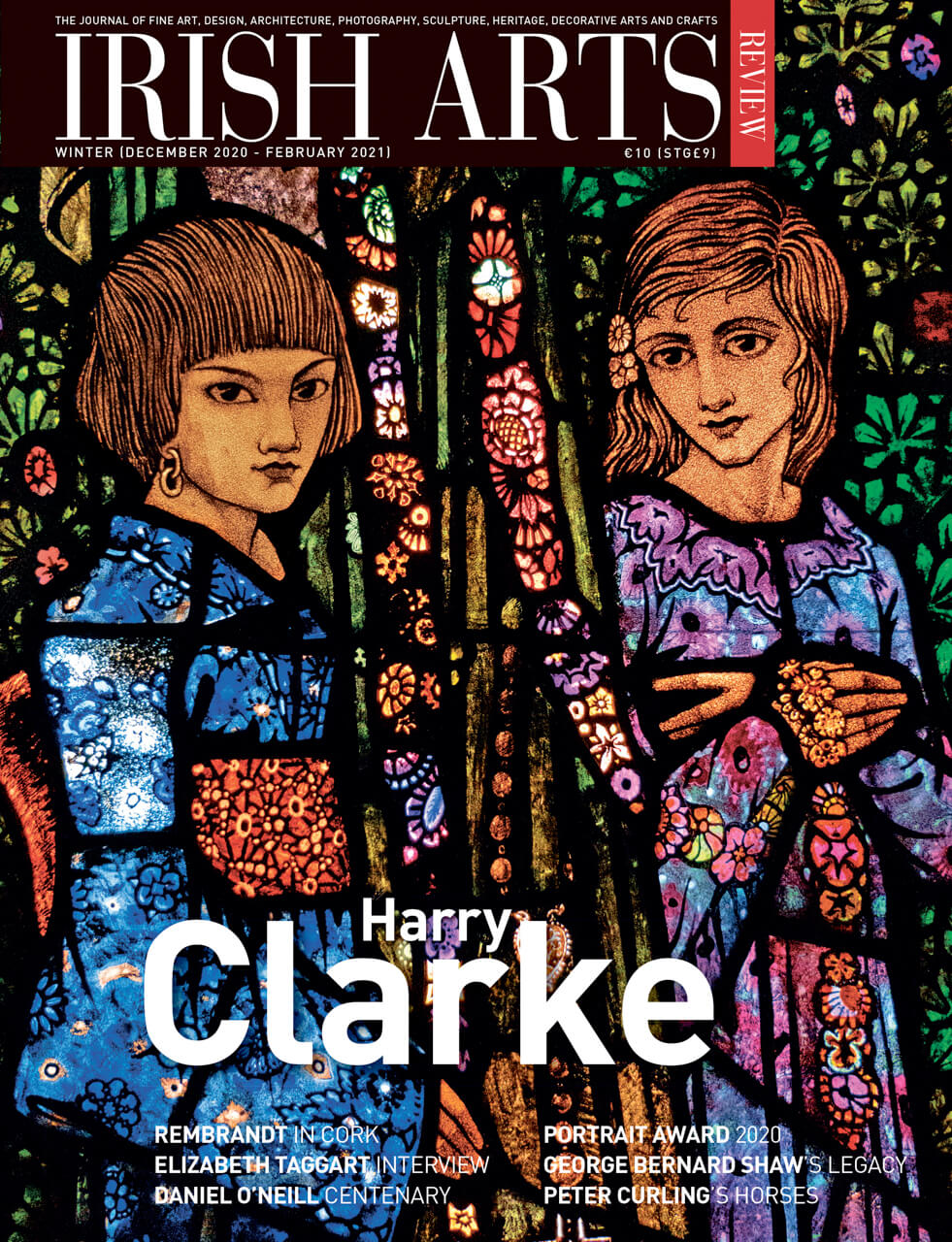
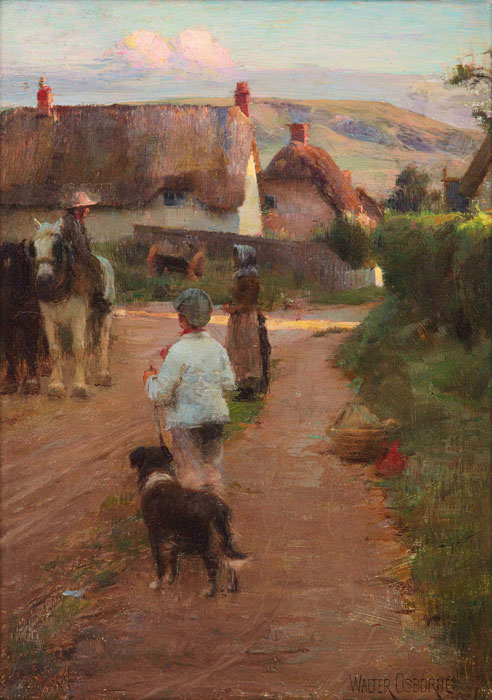
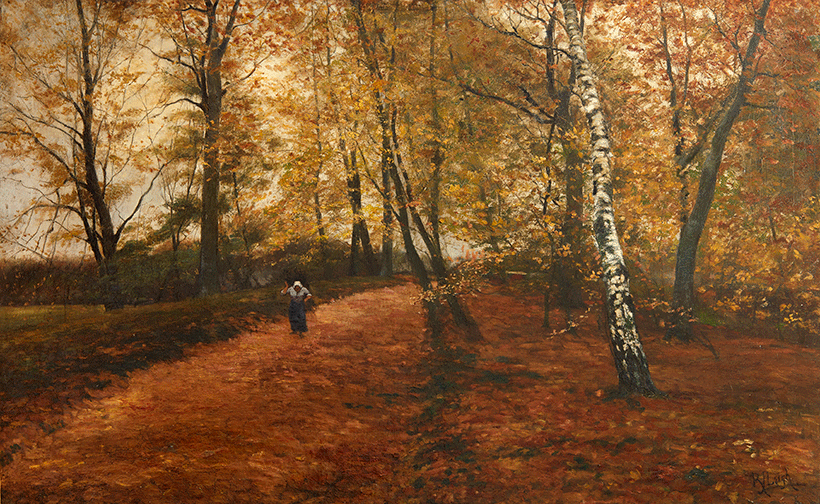
Rose Jane Leigh’s importance as an early pioneering Wexford landscape painter and her choice of studying in Antwerp placed her at the centre of the major art movements of the 19th and early 20th century, writes Mary Stratton Ryan
